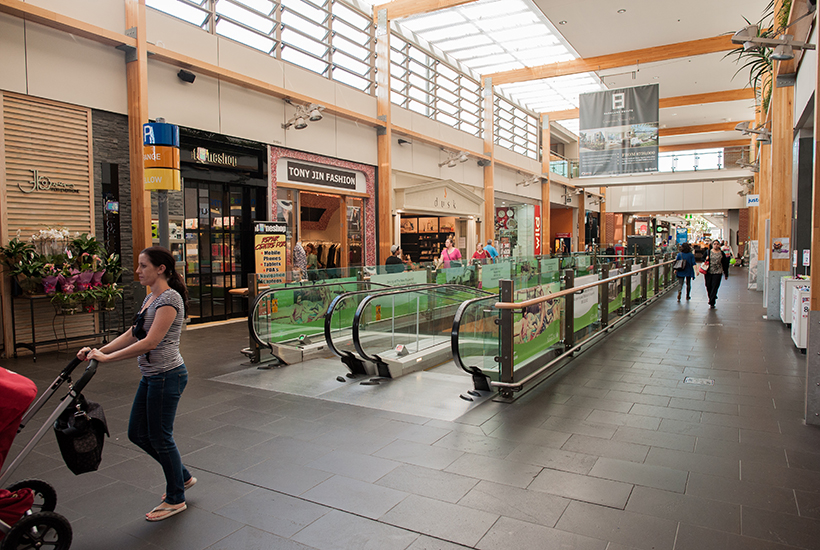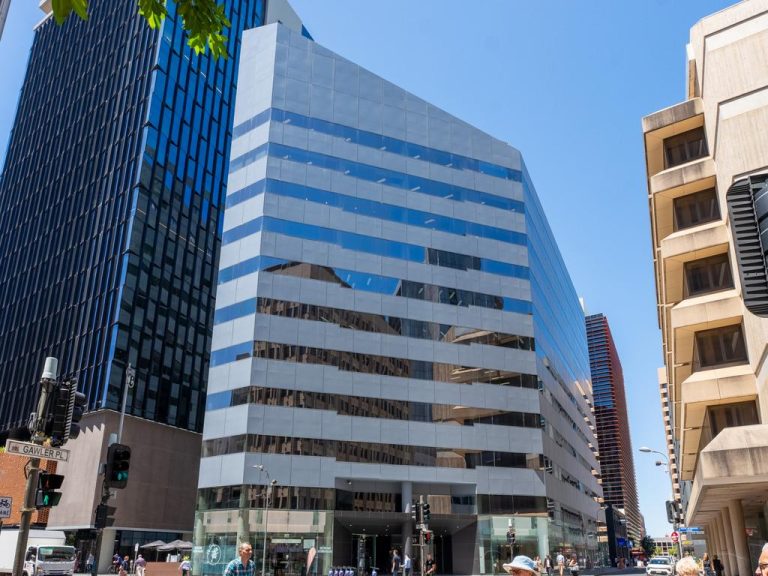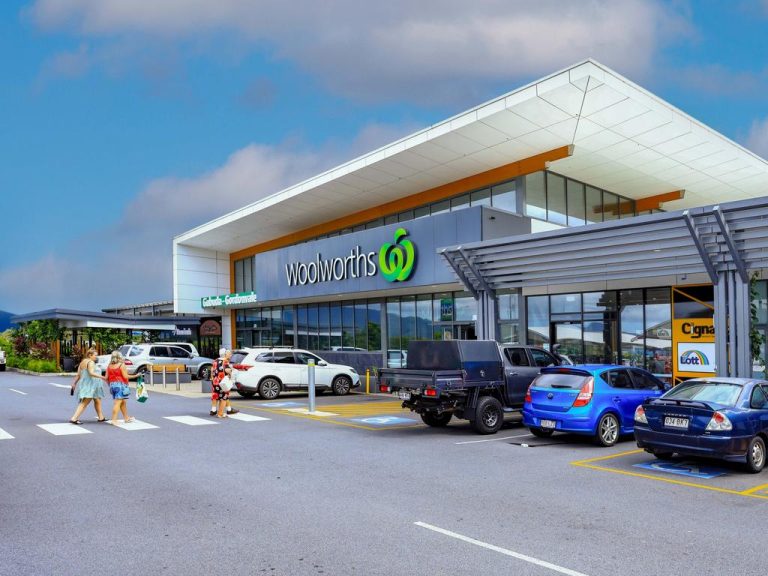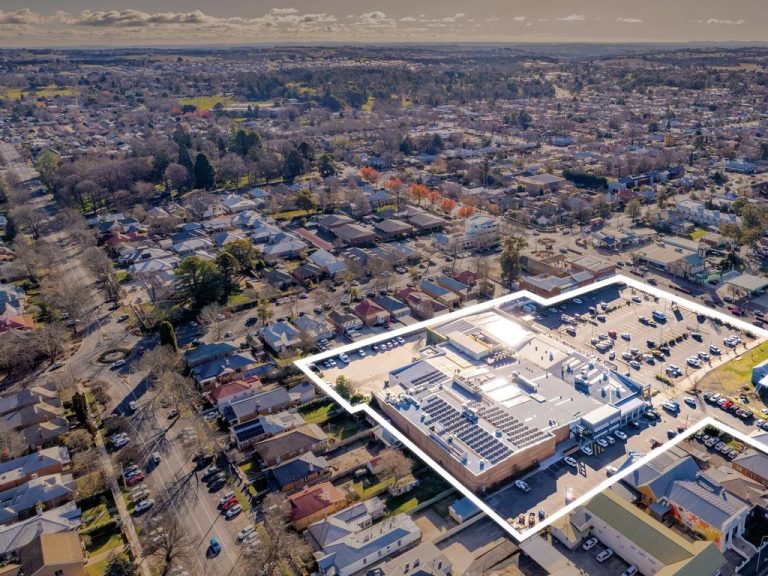‘Robots the biggest threat to shopping centres’

The founder of Australia’s biggest retail leasing database says there are plenty of dangers ahead for the shopping centre sector but they are not quite what you think.
Simon Fonteyn founded Leasing Information Systems in 2003, providing data to landlords and tenants to compare the best prices in the market for retail spaces.
Fonteyn’s database has grown during a frenzied time for the retail market as the digital revolution threatens time-old models.
Commercial Insights: Subscribe to receive the latest news and updates
The immediate danger to shopping centres is the arrival on Australia’s shores later this year of US online retail giant Amazon.
But Fonteyn says the Amazon threat is overblown.
“There’s been a lot of supposed category killers from overseas recently,” he says. “I’m not sure Amazon will have quite the effect people think it will.”
Amazon has had a massive disruptive effect on US shopping malls but Fonteyn says Australia’s geography and laws make it a lot harder for an online department store to get a foothold here.
If you’ve been relying on parking, what do you do when a shopper just calls a driverless car to quickly pick them up?
He points to Amazon’s reliance on metropolitan distribution centres and a cheap labour force in the US, and the fact that labour and land are much more expensive in Australia and the urban sprawl means a much longer journey for distributors.
“I’m not saying it won’t be successful but look at foreign players who were going to rile up the market like Topshop; they didn’t. The challenges here for Amazon’s distribution centres are big.”
The real danger for shopping centres, Fonteyn says, is from robots. “The elephant in the room for the shopping centres is driverless cars; nobody has an answer for that yet.”
Shopping centres have long relied on their parking to define themselves against the main street shopping strips, but Fonteyn says a driverless car world challenges that advantage.

Leasing Information Systems founder Simon Fonteyn. Picture: Hollie Adams
“If you’ve been relying on parking, what do you do when a shopper just calls a driverless car to quickly pick them up?”
The changes that have swept the retail industry since Fonteyn started Leasing Information Systems have been immense.
He says the biggest change has been the decline in the fashion retailers who once dominated the market and the shift towards turning shopping malls into food and entertainment hubs.
“Australians have a propensity to eat out and that’s not changing any time soon, so leasing conditions are strong at the moment for bars and fast food in the centres.”
Leasing conditions are also strong for the services sector, especially for hairdressers and beauty parlours, and the growth in childcare and medical centres setting up shop in malls.
The elephant in the room for the shopping centres is driverless cars; nobody has an answer for that yet
Fonteyn started his database after years in the property sector: as a property manager, a property finance manager for Matsushita Investments and a consultant for Urbis. It was while organising retail leases for Matsushita’s properties such as Chifley Plaza that Fonteyn’s mind turned to creating a database.
“The market evidence just wasn’t there to compare retail rents and see what the proper rates were; it was a real struggle.”
Coupled with a desire to get out from under the bog of the corporate world, Fonteyn struck out on his own.
There has been a lot of change in retail since and it is a whole different world for Fonteyn himself, who used to have to collect all his data manually.
“It used to take me hours, even days, to get records, but now it just takes a couple of minutes for our interfaces to access data.”
But Fonteyn’s retail database has one big challenge remaining, and that it is the states that still hold on to leases.
“Victoria, WA and South Australia don’t have nearly enough information for tenants because of their titling system, and it’s not good enough. The market needs this information to get rents right,” he says.
This article originally appeared on www.theaustralian.com.au/property.







